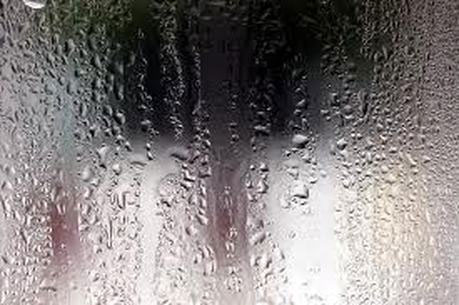Condensation can occur inside and outside of your home. The cause is humidity, the invisible water vapor, present in virtually all air. When water vapor comes in contact with a surface that is below a temperature called the “dew point”, the vapor turns to visible droplets of liquid. This happens often to bathroom mirrors and walls as well as windows during the winter if the inside humidity level is high enough.

Unfortunately there is no such thing as a condensation-free window. Even walls will “sweat” when there are large amounts of humidity present. Windows do not cause condensation; they can only prevent moisture from escaping to the outside and create a visible surface where condensation can be noticed. If the inside of your glass surface shows condensation, you can be sure there is an excessive amount of moisture that is also collecting on your walls and ceilings. When surface condensation occurs, this does not mean your window is defective, it simply shows the unit is doing it’s job; insulating your home.
We tend to notice condensation more only on windows, mirrors, etc., because glass is often the coldest surface within a home it will not absorb excess moisture. Controlling the amount of humidity within a home is the only way to reduce interior condensation.
